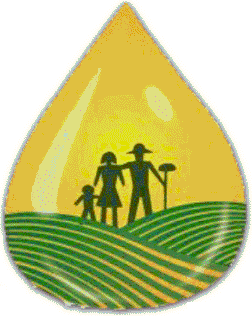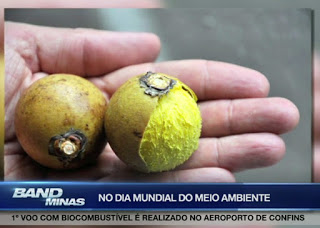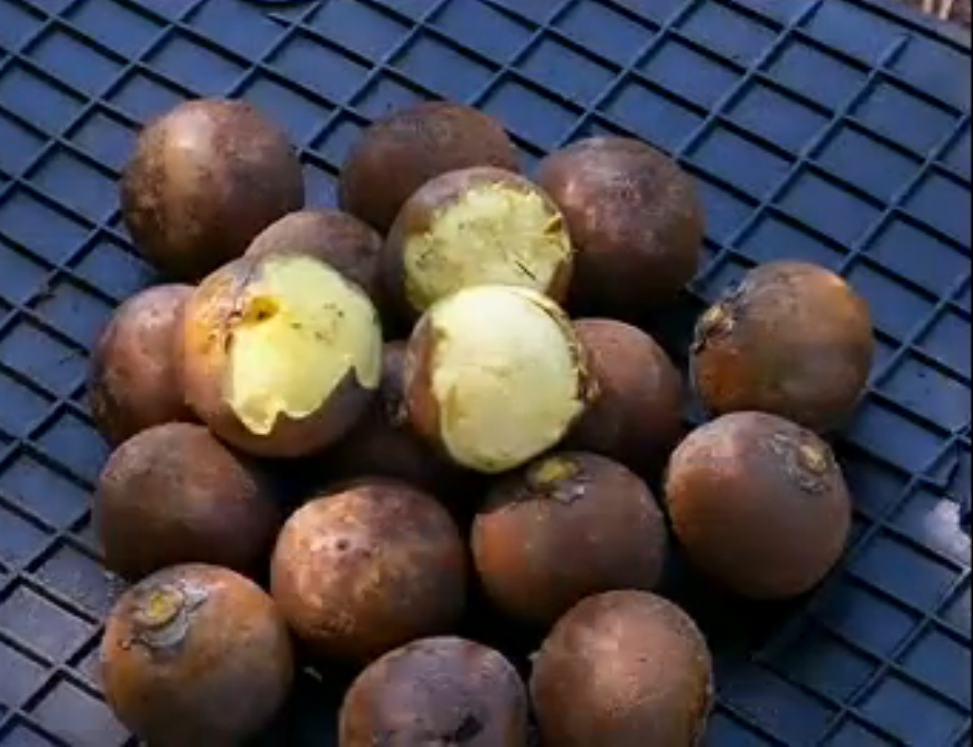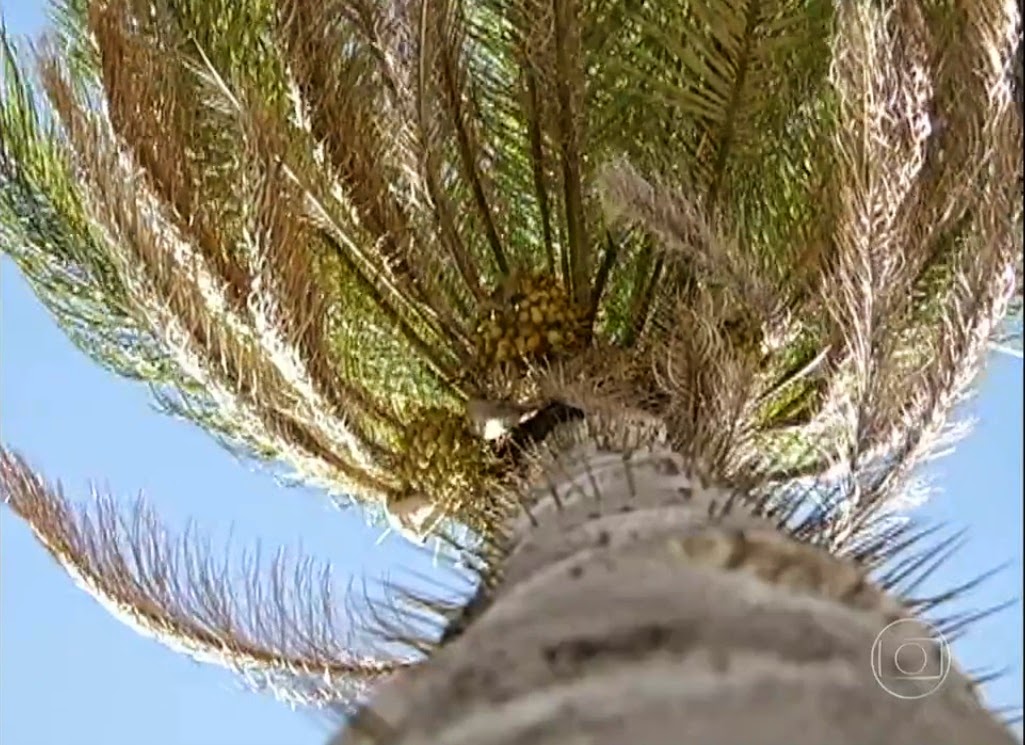Sakura cherry trees help scientists assess effects of radioactivity at Fukushima
segunda-feira, abril 10, 2023
A group of researchers in Japan has come up with a quick and relatively inexpensive method of assessing the risk of mutations caused by low doses of radiation, such as those recorded residually in the area around the Fukushima plant. The Fukushima Daiichi plant allowed radiation leakage in 2011 after an earthquake, which required the evacuation of 154,000 people from an area of 726 km2. This accident and the collapse of the Chernobyl plant in Ukraine in 1986 were the only two to date to receive the highest score (seven) on the INES (International Scale of Nuclear Episodes) disaster scale.
The affected region was divided into three zones, according to the intensity of contamination. Since 2014, the Japanese government has been suspending the evacuation order for the areas it once again deemed safe and allowing them to be reoccupied. Since 2017, the most critical area, called the Hard-to-Return Zone, has been shrinking. But citizens and tourists remain worried. "People living in affected areas worry and need to feel safe in everyday life," explains environmental scientist Shingo Kaneko of Fukushima University. "We wanted to clear the ground of misinformation about the biological consequences of the accident at the nuclear power plant."
Kaneko worked on the research led by biologist Saneyoshi Ueno of the Forest and Forest Products Management Research Institute in Tsukuba. Prior to the study, there were records that different conifers in the disaster region were exhibiting abnormal branches and rumors attributed the phenomenon to mutations. The team chose to study two species of trees common in the disaster area: the Japanese cedar (Cryptomeria japonica) and the Japanese cherry blossom (Prunus serrulata), known as sakura in the flowering phase.
The analyses included measurement of the presence of Caesium 137, seed germination and plant crossing, to allow different manifestations of the genetic material. With genetic analysis and bioinformatics tools, the scientists looked for DNMs, which stand for "de novo" mutations, those that would have occurred only after the nuclear accident. The search found only a very low manifestation of NMDs in the cedars, and only in the Hard-to-Return Zone. No mutation that could have been caused by the nuclear accident has been found in the cherry trees.
The conclusion was published in late March in the Environmental International Journal. Days later, on April 1, the Japanese government lifted the evacuation order for another part of the city of Tomioka. Now, 93% of the city's territory is open to reoccupation. The area liberated in April is famous for a 2.2-kilometer boulevard with 400 cherry trees – which can now be enjoyed with tranquility by locals and tourists alike.
Source: Um só Planeta




















0 comentários
Agradecemos seu comentário! Volte sempre :)